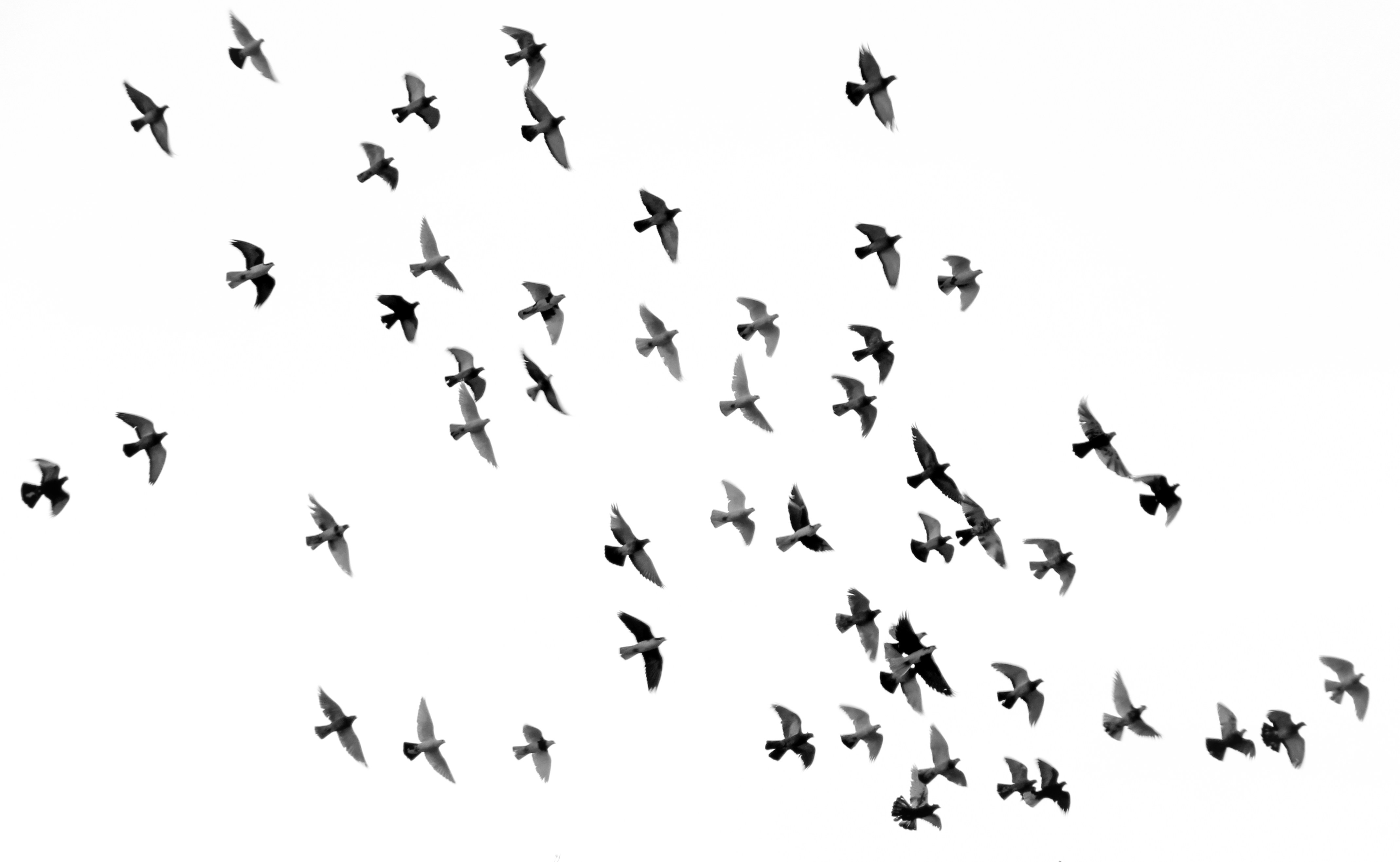
The Heritage of Waterfowl Hunting: Preserving Tradition in the Modern Era
There's something magical about the pre-dawn darkness, the whisper of wings overhead, and the ancient call that connects us to generations of hunters who came before us. Waterfowl hunting isn't just a sport—it's a living heritage that spans centuries, weaving together conservation, tradition, and an unbreakable bond with the natural world. Roots Run Deep: The Origins of Waterfowl Hunting Long before modern decoys and high-tech gear, indigenous peoples of North America perfected the art of waterfowl hunting. They understood migration patterns, crafted ingenious decoys from reeds and mud, and developed hunting techniques that sustained their communities for generations. These early hunters weren't just taking game—they were the first conservationists, taking only what they needed and respecting the delicate balance of wetland ecosystems. The European settlers who arrived in the New World brought their own hunting traditions, but quickly learned from indigenous knowledge. By the 1800s, market hunting had exploded across America, with professional hunters shipping thousands of ducks and geese to city markets. While this period nearly decimated waterfowl populations, it also sparked the conservation movement that would save these magnificent birds for future generations. The Conservation Legacy The heritage of waterfowl hunting is inseparable from conservation. When waterfowl populations plummeted in the early 1900s, hunters led the charge to save them. The Federal Duck Stamp, first issued in 1934, became a cornerstone of conservation funding—and it was hunters who championed its creation. Today, hunters contribute over $1 billion annually to wetland conservation through license fees, excise taxes, and organizations like Ducks Unlimited. This isn't just about preserving hunting opportunities; it's about maintaining entire ecosystems that benefit countless species of wildlife. Traditions Passed Down Through Generations Walk into any duck blind across North America, and you'll find stories that span generations. Grandfathers teaching grandsons the subtle art of calling. Fathers passing down hand-carved decoys that have fooled birds for decades. Mothers sharing the patience and observation skills that make great hunters. These traditions go beyond technique—they're about respect for the quarry, understanding of the environment, and appreciation for the fleeting moments when everything comes together perfectly. The heritage waterfowler knows that success isn't measured solely in birds harvested, but in experiences shared and memories created. The Art and Science of Traditional Hunting Heritage waterfowl hunting combines time-tested techniques with deep ecological knowledge: Traditional Calling: Master hunters develop an ear for the subtle variations in duck and goose vocalizations, understanding when to call aggressively and when to remain silent. Decoy Craft: Hand-carved wooden decoys aren't just functional—they're works of art that connect us to the craftsmen who shaped them decades ago. Reading the Weather: Understanding how barometric pressure, wind patterns, and weather fronts affect waterfowl behavior is knowledge passed down through generations of observation. Blind Building: Creating natural, effective blinds using local materials is an art form that requires understanding both bird behavior and environmental camouflage. Modern Challenges, Timeless Values Today's waterfowl hunters face challenges their predecessors never imagined: habitat loss, climate change, and shifting migration patterns. Yet the core values of heritage hunting remain unchanged: respect for wildlife, commitment to conservation, and the pursuit of a deeper connection with the natural world. Modern technology enhances the experience without replacing traditional skills. GPS helps navigate vast marshes, but reading water and weather patterns still requires the wisdom of experience. Advanced ammunition improves efficiency, but shot placement and bird identification remain fundamental skills passed down through generations. The Future of Heritage Hunting As we look to the future, the responsibility of preserving waterfowl hunting heritage falls to each of us. This means: Mentoring new hunters and sharing traditional knowledge Supporting conservation efforts that protect wetland habitats Practicing ethical hunting that honors the quarry and the sport Preserving hunting access for future generations Telling our stories to help others understand the deep connection between hunting and conservation More Than a Hunt: A Way of Life Heritage waterfowl hunting represents something profound in our increasingly digital world—a direct connection to the natural cycles that have governed life for millennia. It's about understanding that we're part of something larger than ourselves, participants in an ancient dance between predator and prey, season and migration, tradition and innovation. When you slip into a blind before dawn, you're not just hunting—you're carrying forward a heritage that connects you to countless hunters who have watched the same skies, called to the same species, and felt the same surge of excitement when wings cup and birds commit to the decoys. This heritage is our responsibility to preserve, not just for the sake of tradition, but for the conservation legacy it represents and the profound connection to the natural world it provides. In a time when many have lost touch with where their food comes from and how ecosystems function, waterfowl hunting offers a path back to understanding our place in the natural order. The heritage lives on in every sunrise over the marsh, every perfect shot, every bird properly prepared for the table, and every young hunter who learns that true success comes not from the harvest alone, but from the deep respect and understanding that makes us worthy participants in this ancient tradition.